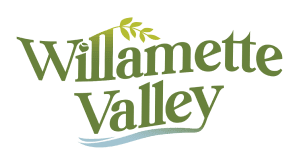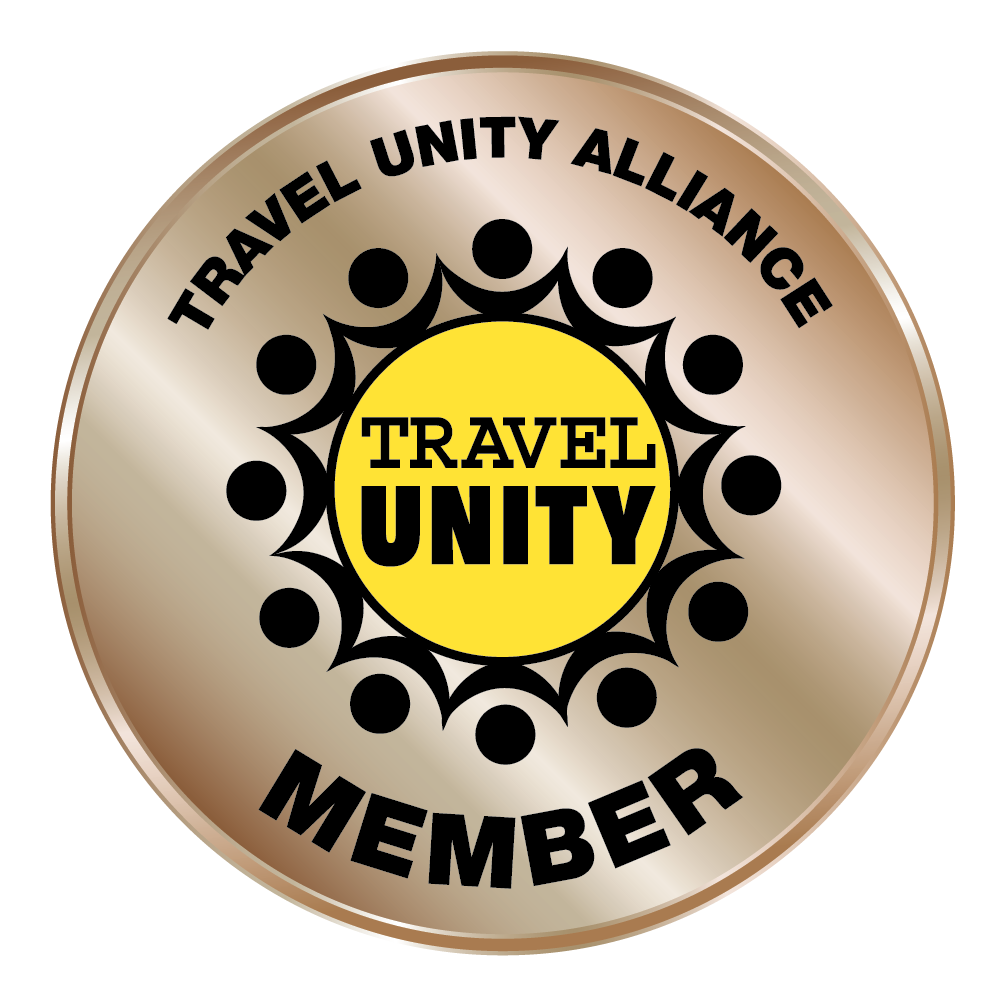Changing the Travel Experience Through Conservation, Sustainability

Growing up, Taylor Pfaff and his family spent summer vacations biking around the likes of Banff National Park and Jasper National Park in Alberta, Canada. The outdoorsy nature of those summer outings inspired a deep love of nature in Pfaff - so when he and his family founded the Left Coast Estate vineyard and winery in 2003, Pfaff knew the outdoors would play a role. He just didn't know what that might look like.
When the family built the Left Coast Estate tasting room just 20 minutes west of Salem, they erected it in the midst of a regal Oregon white oak forest - creating a park-like setting, with plenty of picnic space for visitors to sip excellent wines and nosh on the winery's wood-fired pizza. "We loved these big, beautiful oak trees," Pfaff says. "We thought they were really pretty."
At first, that's all the oak trees were: really pretty. But the more Pfaff learned about oak trees - their historical importance to the Willamette Valley, their ability to resist wildfires, and all that it takes to actually grow an oak forest - the more he saw the importance of preserving these majestic trees for generations to come.

Today, nearly two decades after Left Coast Estate's founding, Pfaff is the winery's CEO and family ownership - and part of an effort to preserve and protect those oak savannas and woodlands around the Willamette Valley. And he's doing it not just because they're pretty to look at or because they make the perfect backdrop for a day on the vineyard, but because they say something important about the past, present, and future of the Willamette Valley's ecosystem.
And in doing so, he's joined a first-of-its-kind program in the Willamette Valley, spurred in part by the Willamette Valley Visitors Association, to help steer the conversation around conservation and change how visitors interact with the region.
And it all started with that "really pretty" stand of Oregon white oak trees.
Understanding the Importance of Oak Trees in the Willamette Valley
InIt's not hard to understand why Pfaff fell in love with the oak trees on his family's vineyard; the stately trees can grow up to 90 feet tall, feature perfectly picturesque, gnarled branches, and produce large acorns that area wildlife feasts on. They're the kind of trees that offer enough shade to picnic or read a book under - and plenty of branches for kids who'd rather climb.
But more than its natural beauty, the Oregon white oak is an integral part of the Willamette Valley ecosystem - as it has been since time immemorial.
At one point, oak woodlands covered about 400,000 acres in the Willamette Valley - roughly the size of London and slightly larger than Los Angeles. For the most part, these oak woodlands and savannas were found around prairies and riparian habitats throughout the Willamette Valley and in the low-elevation slopes of the Oregon Coast Range (which runs north-south along the valley's western edge).
For generations, the Kalapuya people would set seasonal fires around oak trees to clear the brush, create better-growing conditions, and make it easier to spot wild animals they'd like to hunt. With few low-lying branches and a thick coat of bark, the oak trees were uniquely suited to handle the fires and thrived in that environment.
In recent decades, however, the oak tree has been a species under siege in the Willamette Valley. For much of the 20th century, fire-management practices advised against prescribed burns, a philosophy that allowed invasive plant species to move in and thrive - creating enough shade to kill a large number of oak trees, which depend on sunlight and a sparse ground cover to survive.
It also doesn't help that oak trees occupy the same habitat that Willamette Valley farmers and vintners covet for crops - so a large number have been cut down over the past century in the name of agriculture and development. Today, the Willamette Valley is home to about 20,000 acres of oak trees - less than five percent of its historical oak woodlands. For comparison, that's not even the size of Disney World.

Learning About the Willamette Valley's Oak Trees
Of course, Pfaff knew little of the oak tree's plight when he and his family built the Left Coast Estate tasting room in the midst of a serene oak forest. It wasn't until 2016, in fact, that a biologist with the ??U.S. Fish and Wildlife Service informed Pfaff of just how unique those oak trees were - and just how vital the work he was doing to protect them. "We had no idea," Pfaff says about the importance of oak trees - and the effect they have on the region's habitats.
Over the years, Pfaff and his family have helped protect and boost the health of about 100 oak-covered acres on the vineyard property, as well as 30 acres on a neighboring property. In 2017, Left Coast Estate was a founding member of the Oak Accord, a partnership of private landowners working to preserve oak habitat throughout the Willamette Valley. Ultimately, members of the Oak Accord hope to increase the number of oak woodlands and savannas all over the region.
For Pfaff, the decision to join was a no-brainer. "We're always looking at what we can do," he says. "What kind of ecological impacts can we make? What kind of impacts can we have with our farming? And what kind of social impacts can we make?"
The way Pfaff sees it, the vineyard is part of a larger ecosystem - just one piece of an ever-changing puzzle. If birds are given more (and better) oak-tree habitats, for instance, their droppings will create microbes that improve soil health and lead to better, more expressive wines. "For us, we're trying to think about the property as a living, breathing entity and do right by it," he says.
Pfaff also points to the endangered Fender's blue butterfly as another example of how oak trees can have a wide-ranging impact. To survive, the butterfly lives off a single type of lupine - one that grows in the Willamette Valley's oak savannas and nowhere else on Earth. "To save that butterfly, you need to save the oak trees because we're not going to have any of these lupines without the oaks," he says. "It just shows how interconnected everything is."
Joining the Willamette Valley's Regenerative Destination Program
In 2021, Pfaff heard about the Regenerative Destination program, led by the Transformational Travel Council and the Willamette Valley Visitors Association. The first-of-its-kind effort is designed to bring together regional thought leaders to figure out how to use the power of tourism for good-through conservation and sustainability efforts, by promoting intentional travel, and by fostering connections between travelers and the places they visit.
Pfaff was singled out, in part, for his work to conserve and protect oak woodlands in the Willamette Valley - not to mention Left Coast Estate's myriad other sustainability efforts. And it was an invitation he enthusiastically accepted. "I think the concept is really cool," he says of the Regenerative Destination program. "It sounds in line with what we're already doing."
An enthusiastic traveler himself, Pfaff has seen how tourism can have negative effects on certain destinations - whether through a lack of infrastructure, corporate greed, overcrowding, or a disregard for environmental concerns. "Sometimes, you go somewhere, it's completely overrun, there's no parking, and everything is corporately owned - so it's like, is this really benefiting the local economy?" he says.
And through the program, he sees the chance to help the Willamette Valley avoid a similar fate. "It's really important that people are having these conversations now because the valley is going to evolve over time," he says. "Consumers today want to go to real destinations, meet real people, and have experiences that are authentic and meaningful for them but also meaningful for the places they're going."
As those conversations unfold, Pfaff will have a seat at the table - the latest chapter in a story that began while biking around national parks as a child in Canada. "I think it's a really cool conversation that just hasn't been had before," he says.








